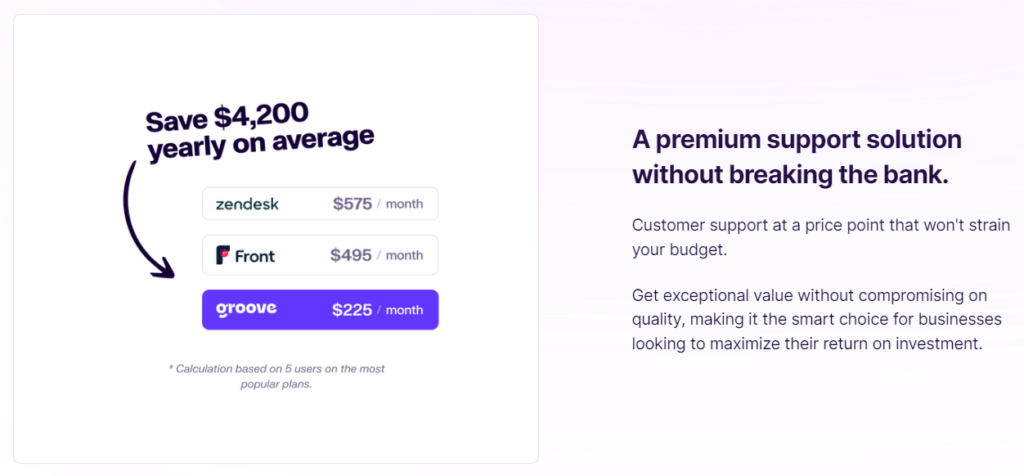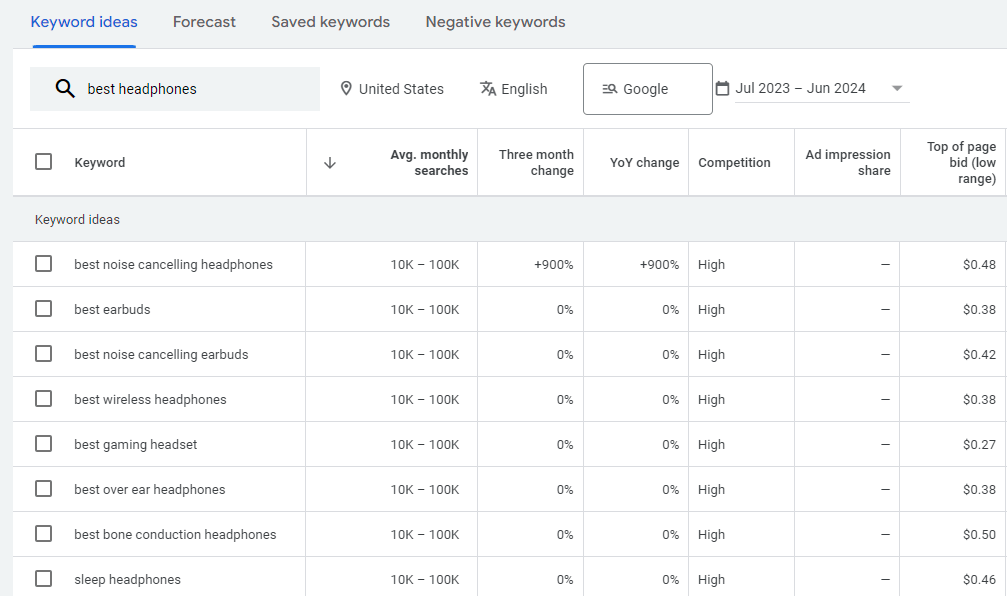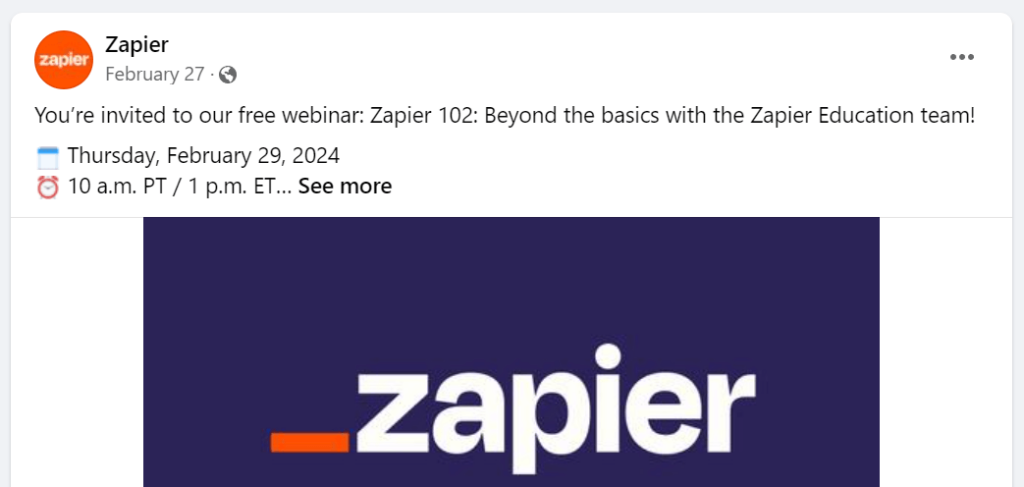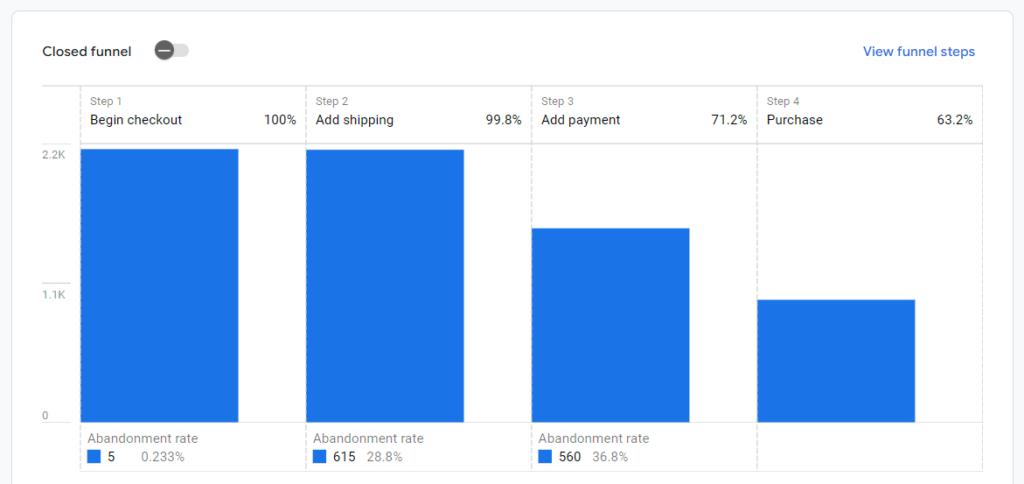Visibility is crucial in small business marketing. You’ll face established competitors that already have name recognition and plenty of financial resources. In that atmosphere, it can be difficult to stand out.
This is why a clearly-defined marketing strategy is essential. If you’re a small business looking to expand, the right approach and techniques will help you carve out a niche and build awareness in that space. Growing your brand and increasing sales just requires being smarter than your competition, not bigger.
To help you get started, we’ll look at seven proven marketing tips for small business. But first, let’s talk a bit about what it means to market as a small business.
Approaching Marketing as a Small Business: It’s All About Your Focus
Of course, you know what ‘marketing’ means in a broad sense. However, small business marketing requires a few special considerations. Most importantly, you’ll need to focus on what’s relevant to and effective in your specific market.
For example: Let’s imagine a small B2B SaaS company, Sprightly. It provides aggregate solutions to consolidate shipping data and costs. Sprightly is just starting out, and is looking to boost web traffic and conversions.
What might effective online marketing look like for this company?
Growing an audience is no easy feat. To maximize the odds of success, this company would need to clearly define its target audience before getting started. It has to understand why a customer would choose its products over larger and more established competitors.
Sprightly might determine that its target audience is businesses looking for a simpler and cheaper shipping solution. That core idea can be used to build out a full audience profile, and guide all of its future marketing efforts.
Where does that target audience hang out online? What do they care about (and what don’t they care about)? What are their motivations and concerns?
As a small business, Sprightly has limited resources. By answering the above questions, it can choose which marketing channels to spend those resources on, and what kind of messaging to use. Laser-focused targeting and a streamlined approach will give it the best return for its marketing time and dollars.
How To Market Your Small Business (7 Steps for Getting Started)
We were once a business that struggled to attract customers. There’s always a temptation to do too much, too quickly. Avoiding that trap means following a clear process and spending lots of time on the planning stage.
With that in mind, let’s go over our top marketing tips for small business success!
Step 1: Define Your Brand Identity
Unless you’re very lucky, there are other companies offering the same products or services you are. There may be a lot of them. To stand out, you’ll need to position your business as unique via a clear brand identity.
After all, our own product Groove isn’t the first helpdesk solution, and it won’t be the last. That’s okay. There are things Groove does better than the competitors, which help to set it apart.

How is your product different? Is it more affordable than the competition? More streamlined and user-friendly? Does it resolve pain points your target audience might have with competitors’ products?
If you don’t yet know the answers to those questions, you can start by conducting competitor research. Analyze the products or services most similar to what you offer, so you can better understand the landscape you’ll be marketing in.
Your brand doesn’t exist in a vacuum. Your competitors will make arguments as to why their products are the best — you’ll need to have counter-arguments ready.
Once you’ve done that research, you can settle on your USP (Unique Selling Proposition). Make sure to document everything you’ve found, along with a clear summary of your chosen brand identity and differentiating features. These will serve as guideposts throughout the entire marketing process.
Step 2: Identify Your Target Audience
Part of the way we achieved success here at Groove was through lots of customer development in the early stages. We spoke to buyers to find out what they needed, and gain a rich understanding of our customer personas.
If you don’t define your market, your messaging will likely be too broad to appeal to the right people. Just as with brand identity, specificity matters.
You’ll first need to understand the reasons your target audience needs your product or service. In other words, you can identify the ‘who’ based on ‘what’ they want. Then you can narrow it down further, based on what might convince customers to choose your product over an alternate option.
For example: If your company sells headphones, your target audience could broadly be considered ‘music fans’. But that’s a huge audience that’s hard to speak to, and a poor guide for your marketing efforts.
Who do you make headphones for? Audiophiles, casual podcast listeners, and gamers have different needs. Are you offering expensive studio headphones for listening to vinyl, or cheap and affordable ones with strong durability for kids?

Drilling down to a specific buyer type like ‘vinyl audiophiles’ means you’ll face less competition. It also becomes much easier to learn about them and create a detailed profile.
The more you know about your target audience, the better. When building your profile, imagine your ‘ideal buyer’ and ask questions like:
- What are their demographics?
- Where do they live?
- What does their financial situation look like?
- What are their other interests and what else do they like to buy?
- Where do they spend time online and get their information?
- What challenges do they face (that your product can solve)?
Step 3: Find and Engage Your Target Audience
There are many marketing opportunities out there. But you may only have the time and resources to invest in one or two channels. Plus, with a more limited focus, you really need those channels to pay off.
How do you decide where to focus your efforts? You can start by taking what you learned in the above small business marketing tips, and using it to map out the customer journey. This means understanding each step your potential customers will take as they:
- Discover your brand and learn about what you have to offer,
- Convert, and
- Hopefully become life-long customers.
For marketing purposes, the discovery phase is what matters most. You want to make it easy for potential customers to encounter your campaigns. You don’t want to focus on platforms they don’t care about, or simply cast too wide a net.
Instead, you can use what you’ve learned about your customers to identify where you’re most likely to make a connection, and build the rest of your funnel from there.
For example: Let’s say you’ve found that your ideal customer spends a lot of time on Facebook. You’d then develop a customer journey that starts with Facebook ads, and guides leads to a dedicated landing page that speaks to their interests/desires.
This may sound simple, but it’s among our most important marketing tips for small business. Build your funnel around your target audience, rather than imposing one on them. Meet potential customers where they’re already at, show that you understand them, and extend an invitation to learn more.
Step 4: Don’t Underestimate Social Media
It’s easy to underestimate social media as a marketing channel, when compared to options like email marketing and search engine advertising. However, social media is now one of the most popular advertising channels.
There’s a reason we mentioned Facebook in the example above. If there’s one place you can be sure your customers spend time, it’s on social media platforms. These sites are ideal connection points, and a perfect starting place for a small business dipping its toes into the marketing world.
Once again, we’ll caution against trying to do too much. Most small businesses get better results if they focus on fewer platforms, rather than tackling every possible channel.
So choose one or two social platforms to focus on. To make the most of each platform, you can:
- Optimize your profile with key terms and attention-grabbing copy/visuals.
- Post regularly, and vary what you post (not just direct advertisements)
- Engage with followers who comment or reach out
- Proactively engage with the wider community you’re a part of
- Experiment with the platform’s paid advertising options (but put your free content first)
Most importantly, invest the required time into making quality content that creates real value. A diverse mix of content types is more likely to get your message across to the right audiences.

Finally, you might also consider partnering with influencers. These types of connections can prove very valuable, and were important to Groove early on — helping to establish our voice in a competitive space.
Step 5: Create Content That Speaks To Your Audience
Whatever platforms and channels you use, the right messaging is what will really grab attention. It doesn’t matter whether you’re drafting Instagram posts or Google ads — the quality and relevant of your content is paramount.
First, carefully consider what format of content you’ll be creating. This will be guided by your choice of marketing channels. Paid ads require short, punchy text, while other platforms focus on images or videos.
Next, each and every piece of content you create needs a clear objective. The brand that convinces customers is the brand that will beat competitors.
We’ve written a lot in the past about creating high-quality content. So we won’t repeat ourselves too much here. Just remember to:
- Grab attention by showing that you understand your audience, using relatable examples and language.
- Make it clear what problem your product or service can solve for customers.
- Build a story around their problem and your solution, using emotive language.
- Justify the cost-to-value ratio of your product or service, and make it easy to buy in if possible via demos, free trials, limited-time deals, etc.
Step 6: Track Your Progress with Analytics Tools
A lot of first-timers simply put their initial marketing efforts out there and hope for the best. They never really know what’s working and what isn’t. That’s why one of our top marketing tips for small business is to track your campaigns from the very start.
When you do that, be sure to measure your results as compared to your ultimate goals, not the metrics inherent to the platform you’re using.
For example: If you’re promoting a product on Instagram, don’t focus on likes/comments on your posts. Those metrics are useful to a limited extent. However, what matters most is how many leads from Instagram visit your website and ultimately convert.

There’s often little correlation between how many ‘shares’ a post generates and how many clicks or sales it attracts. All the engagement in the world doesn’t matter if it’s not affecting your bottom line.
Platforms like Google Analytics offer free resources to help you track site traffic. Key KPIs to consider monitoring include:
- Traffic sources
- Average inbound links
- Blog leads
- Conversion rate
Metrics can guide your marketing efforts and business growth. They’re also valuable resources for better understanding your target audience and refining your campaigns over time.
Step 7: Encourage Customers To Leave Reviews & Share Feedback
The last (but not least) of our marketing tips for small business is this:
Encourage customers to market your products or services for you.
Consumers depend heavily on ‘social proof’, especially when using a business for the first time. This means that if you have even a small base of happy customers, you can leverage that as free marketing.
Trust is influenced both by reviews and responses. First, you’ll want to encourage buyers to leave reviews. This helps to foster a sense of security, adds credibility to your business, and allows for greater visibility on social platforms and search engines.

Even less-positive feedback can be useful. When negative reviews crop up, addressing them professionally and quickly creates a positive brand narrative.

Our own customer support platform, Groove, can help with this stage of the marketing journey. Groove funnels all of your customer communications into one place, where they can be organized and replied to easily.
You can also enable customer satisfaction ratings. They are included in chosen messages, and each customer can expand on their rating with a comment:
You can use pre-existing templates, or customize the language used to be more in line with your brand. CSAT ratings can be monitored via email notifications found under Settings → Personal → Notifications.
This makes it simple for buyers to provide feedback, and is a great way to gather testimonials for use as social proof. Plus, more negative feedback offers clues as to how you can improve your marketing funnel and your post-purchase customer care.
Implementing the Right Marketing Strategy for Your Business Doesn’t Have To Be Expensive
Effective (and cost-effective) marketing for small business doesn’t rely on the most expensive SEO tools or marketing agencies. Instead, it’s all about the time and effort you spend planning where to meet potential customers and how to grab their attention.
You can start by identifying your audience, understanding them, and creating compelling content based on their needs. Use that content to connect with them where they already spend time. Then keep careful track of the results so you can refine your strategy.
Once you’ve brought new customers in with these marketing tips for small business, Groove helps you keep them! Maintain effective communication across multiple channels, respond to reviews and feedback, send surveys, and track key metrics. Check it out today!



